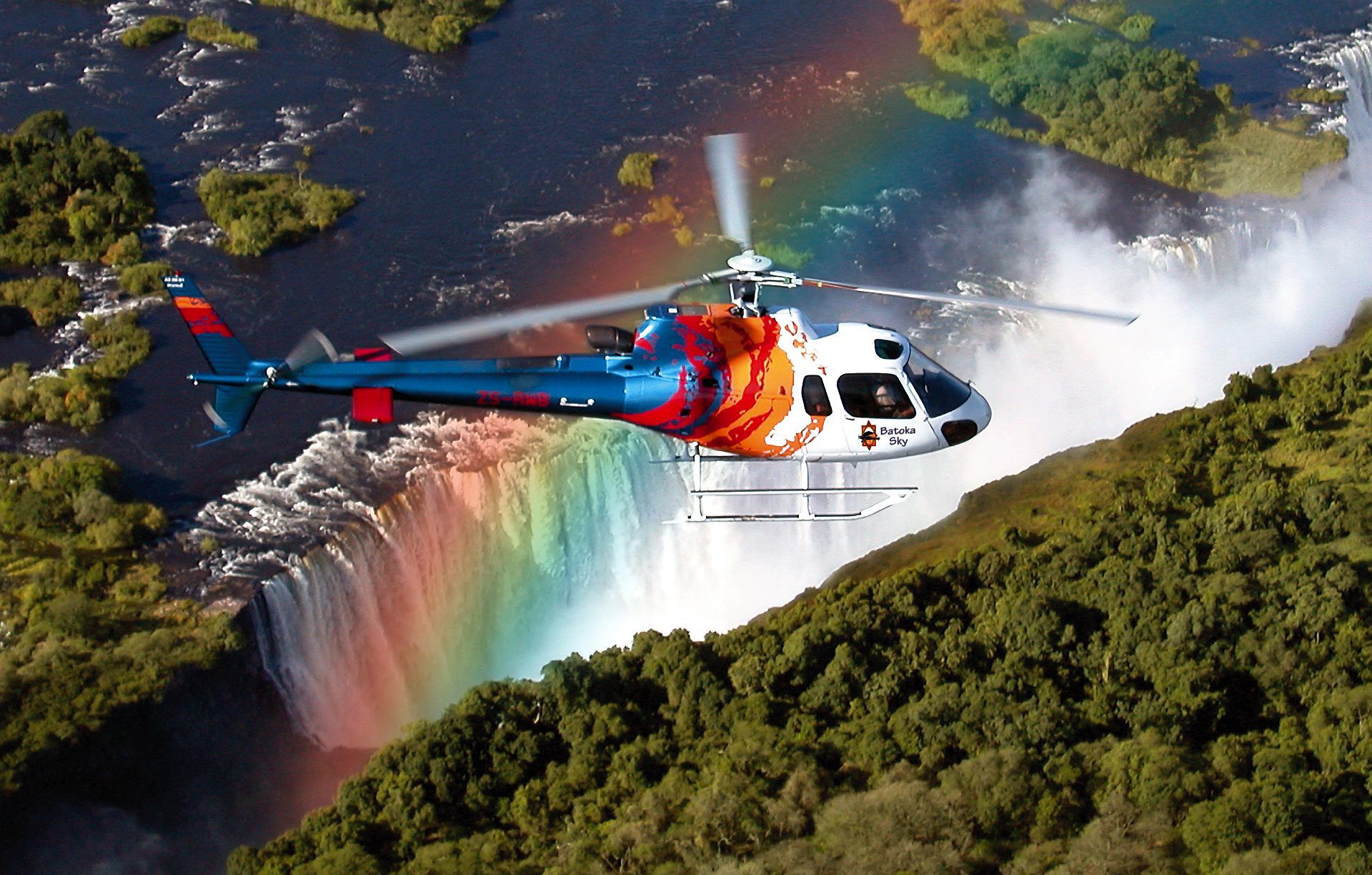Climate change threatens Mana Pools biodiversity
Climate change, alongside a huge elephant population, land degradation and habitat loss, are emerging as top threats to biodiversity at Mana Pools National Park tucked on the southern banks of the Zambezi River in northern Zimbabwe.
Zimbabwe National Parks and Wildlife (ZimParks) area manager for Mana Pools Edmore Ngosi told journalists on a tour of the Mid-Zambezi Valley recently that climate change, land degradation and the presence of a huge elephant population at the park are now the biggest drivers of biodiversity loss at the first Biosphere Reserve in Zimbabwe.
Mana Pools is a UNESCO World Heritage Site and is home to big herds of elephant, buffalo, endangered wild dogs, lions, leopards, cheetahs and spotted hyenas, among a range of other wildlife and over 350 bird species.
“Mana Pools is derived from our own Shona language — meaning four large pools which the mighty Zambezi River once flowed through before it changed its course. We have the Long Pool which is 7km long, Green, Chine and Chisasiko pools,” said Ngosi.
“Climate change is leading to the drying up of pools. Right now, two of our pools – Chine and Green pool have dried up due to climate change. In the past, all the pools would hold water until the next rainfall season, but now things have changed.
“Only the Long Pool and Chisasiko can hold water till the next season. The Chine and Green pool got dry between September and October.”
Fears abound that if this trend continues, the unique blend of species found at Mana Pools are more likely to succumb to shortages of water and forage.
“Mana Pools is a flood plain and in the old Zambezi River channel, the four pools used to have water throughout the year. During the 2019 drought, two pools dried up. Siltation is compounding the problem and climate change and human interference now pose huge threats to wildlife survival,” Ngosi said.
African Wildlife Foundation country director in Zimbabwe Dr Olivia Mufute said climate change effects will hamper the Mid-Zambezi Valley conservation region’s ability to adapt to climate change, leading to disturbance of the natural ecosystem.
“Climate change is real. Problems for wildlife survival are escalating and we need to deploy solutions that tackle both climate change and human induced actions that are leading to land degradation together,” she said.
“This tour gives you journalists an opportunity to appreciate the real climate change threats to biodiversity found here in the Mid-Zambezi region. This is a very sensitive and fragile ecosystem that holds endangered species such as elephants, wild dogs, lions, leopards, cheetahs and spotted hyenas as well as some rare bird species.”
The rapid pace of climate change and biodiversity loss has led to a disturbance of the ecosystem at Mana Pools National Park.
Huge numbers of elephants are causing the disappearance of the baobab tree species.
“We are losing the Baobab tree. This tree was lively until 2020, that is when we lost it and it was also one of the biggest attractions here as tourists used to go there,” said Ngosi.
“The iconic baobab tree species is now under threat in our park because of the huge numbers of elephants here which feed on the trees and pods. There are no new shoots of baobab trees because the elephants graze on the young plants and the seed.
“That tree close to the Chine Pool was alive until 2020 when it was destroyed by elephants. It was one of the biggest tourist attractions here. Tourists used to take lots of pictures of the baobab tree and could even go inside the big hole on it.
“We are losing the baobab tree and we need to act fast to restore the species using the baobab re-afforestation model used in the Gonarezhou National Park.”
Zimbabwe, including other southern African nations — Botswana, Namibia, South Africa and Zambia, have for years been battling the global wildlife trade regulator — Convention on International Trade in Endangered Species of Wild Fauna and Flora (Cites) to grant them rights to sell ivory acquired through natural deaths, confiscations and culling.
The countries which are home to the world’s largest elephant populations are not permitted to cull the big elephant herds which park ecologists say are shrinking forest cover and threatening the biodiversity of other species.
Wildlife conservation groups argue that any dilution of the ban would make elephant poaching rampant.
Conservationists estimate that Botswana’s elephant herd stands at about 130 000, the highest in the world, followed by Zimbabwe with about 100 000, Namibia 24 000, Zambia 27 000 and Angola 3 400.
As the Cites fight rages on and the ban remains fixed, the disappearance of the baobab tree species will continue unabated unless swift action is taken to promote the re-afforestation of this species.
Changing rainfall patterns in Africa, where all baobab trees can be found, are also contributing to the loss of the towering baobab trees that require and often store enormous amounts of water. Ecologists say if the trees do not have enough rain when they flush their leaves or produce flowers, they can die.
Rapid human development is also pushing baobab species into extinction. The tree grows in very harsh conditions and is adapted to its environment.
It has many uses for local communities — the leaves are used in traditional medicine to cure infectious diseases while the fruit is
high in nutrients and is used to make healthy foods.
The seeds yield oil and are prized by the cosmetic industry while the pulp — major source of vitamin C is prized by the food and beverage industry.
Apart from threats to the baobab species, the relocation of all the rhinos from Mana Pools is also affecting biodiversity in myriad and far-reaching ways.
For example, the absence of the rhinos is now causing the conversion of the Mana Pools diverse ecosystems to monocultures.
“The issue of an unbalanced ecosystem causes poor growth or extinction of some species. The relocation of rhinos from the Mana Pools has led to a massive growth and spread of the Croton tree which the black rhinos used to feed on,” said Ngosi.
“The Croton tree is fast spreading all over the Mana Pools flood plain because there are no rhinos to feed on it and balance the ecosystem. There are no animals that feed on it. The relocation of rhinos to other sanctuaries in the interior of the country disturbed the ecosystem.
“There was no choice because we had to save the rhinos from poaching.”
Conservation experts say wildlife in Africa is under siege from all sides, facing down habitat loss and the impact of climate change.
They say some of the biggest threats to wildlife include illegal wildlife trade, habitat destruction, invasive species, pollution and climate change.
“Our ecosystems are being disturbed by climate change and human development threatening the survival of some of our important plant and animal species,” said Felix Chimeramombe, a ZimParks regional manager for the Mid-Zambezi Valley.
“Some species may not survive the next century. While plants have generally adapted to extended droughts, climate change is different and we are seeing the loss of towering baobab trees.
“The resilience of our ecosystems is affected by the functional diversity of the system and as we lose biodiversity, the system becomes less resilient. It is becoming a reality here in the Mid-Zambezi Valley.”-ebusinessweekly











